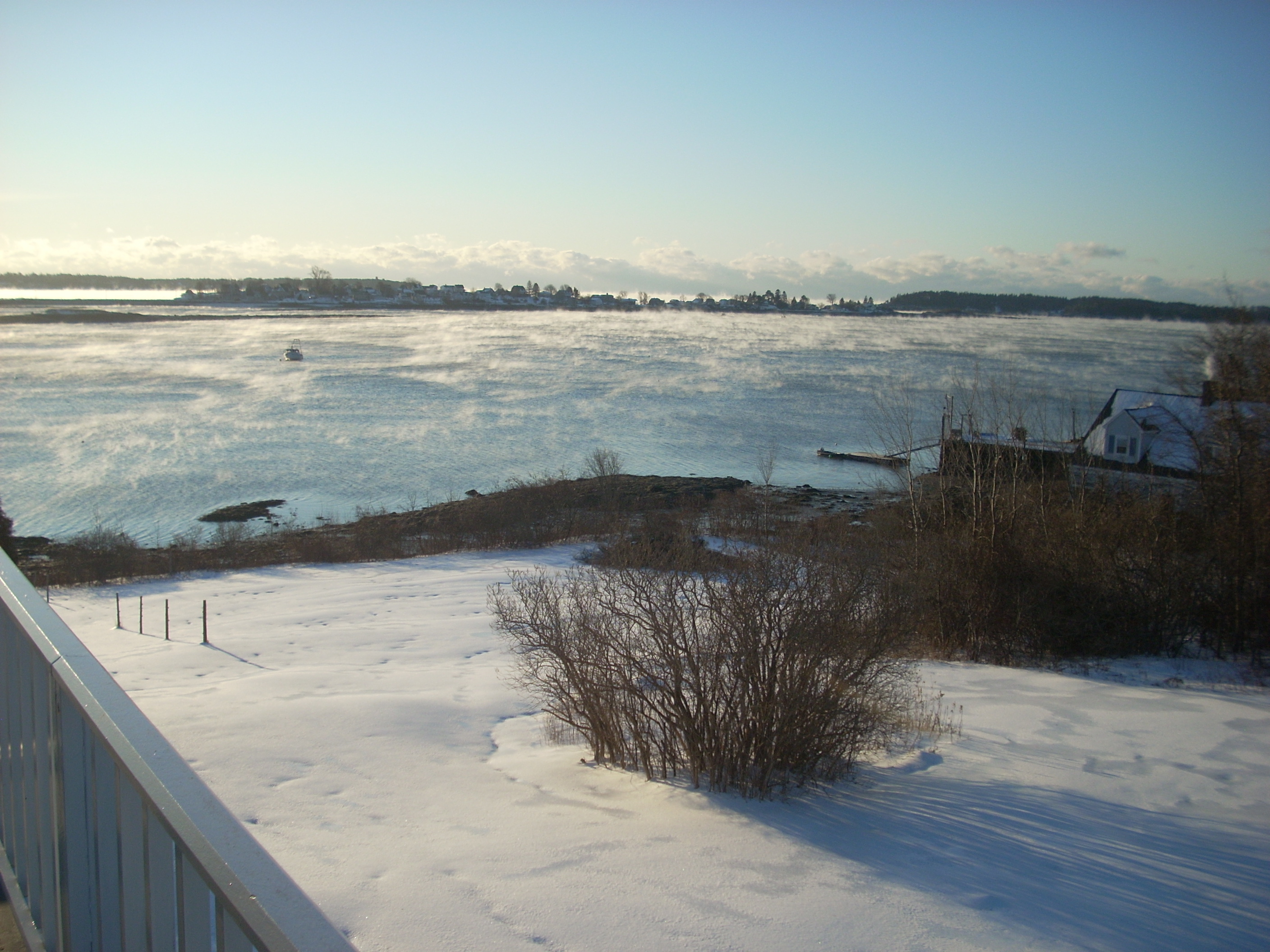
I was surprised one afternoon in early Fall 1964 when, after clearing traffic with Darby, he mentioned they were stopping for a few hours in Teller, a village to the northwest of Nome, and if I happened to be standing on the beach at Teller on a certain day, they might send the LCM (Landing Craft, Man, a converted flat-bottomed World War II boat in after me. It all sounded intriguing and, to make a long story short, I took an open-ended leave (another advantage of being in ACS), bummed a ride with a pilot friend to Teller, had dinner with Helen Blodgett, the owner of the Teller Commercial Company store, and found myself on the beach the next morning watching North Star anchor in the Bering Strait. The LCM arrived on the beach, I climbed aboard, and we immediately returned to the ship. No cargo in or out; no other passengers, and no obvious reason for the stop at Teller. Puzzling.
Once aboard, I found that I was being given a sort of thank you trip, courtesy of the BIA and Charles Salenjus, North Star’s longtime skipper, for my years of service. The ship was heading directly for Little Diomede Island, some hundred miles farther to the north, where she would discharge cargo for two days, then head back to Teller via Brevig Mission, a smaller village across Lopp Lagoon from Teller, before resuming her stop-and-go journey back to Seattle.
My profuse thanks and appreciation might not have been so heartfelt had I known what was in store for me.
* * *
Being a U.S. Government vessel, the crew of USMS North Star was similarly affiliated. All the officers were regular Civil Service employees, with the rest of the crew being contract personnel. Duty aboard the ship was considered a plum and highly sought after as far as maritime service went. Seniority ruled, and many familiar faces were seen year after year. Darby, in particular, had it made as far as official duties went. He kept two regular radio schedules a day and was otherwise officially on standby. He was more ambitious than that, though, and being also a qualified “gear” operator (winching cargo on and off using the ship’s booms), earned overtime and additional duty pay.
Darby was also a bit devious of thought, and it didn’t take him long to observe that, gee, here I was, a military (hence “Government”) radio operator aboard a U.S. Government ship, and thus authorized to operate its U.S. Government radio equipment. I saw the light, and Darby saw his way to more overtime.
En route to Little Diomede I happily earned my keep with two schedules a day to Nome and chatting via both CW and voice with other ships and various BIA school teachers at villages in the area. The weather, typical for fall in the far north, was showing signs of restlessness, and we anchored off the island almost two days later. Little Diomede lies almost in the middle of the Bering Strait, and its closest neighbor is Big Diomede Island in then-Soviet Union territory, two and a half miles to the west. The International Dateline runs between the two islands and, when standing on the beach of Little Diomede, one looks directly into tomorrow. On a sunny day, the snow-covered mountains of Siberia can be seen.









